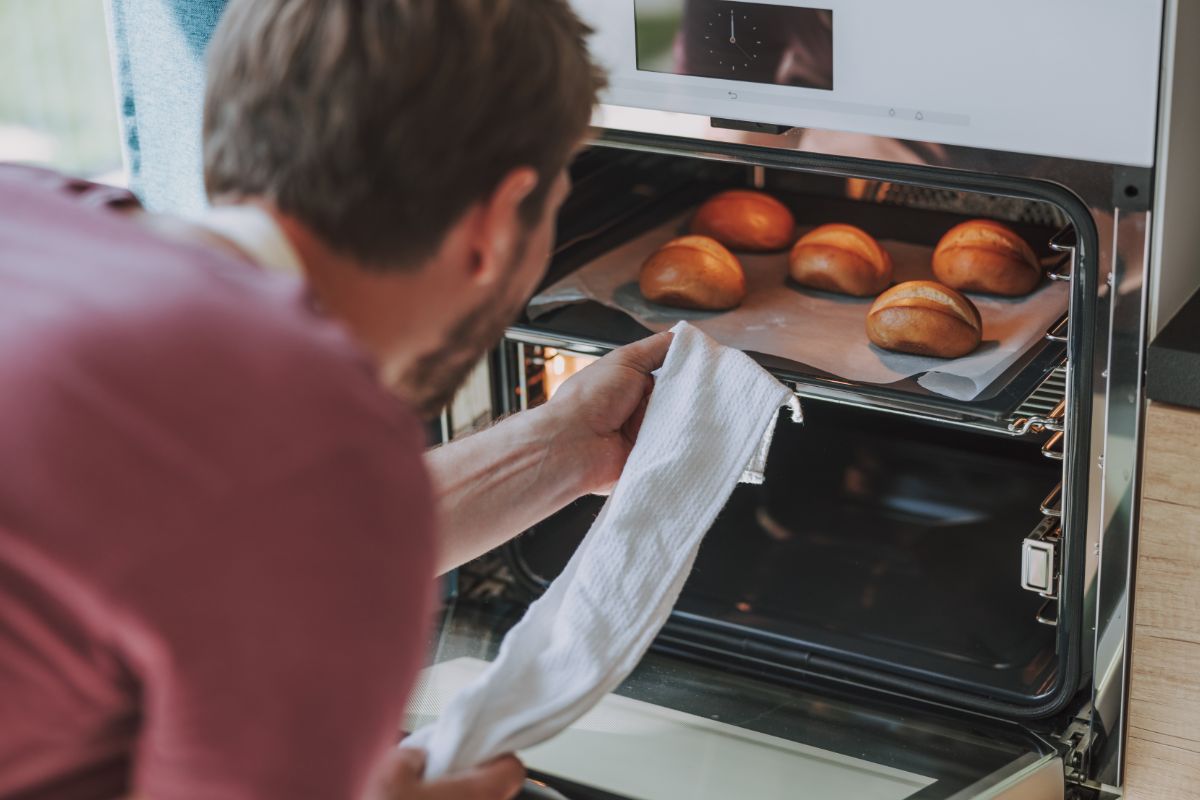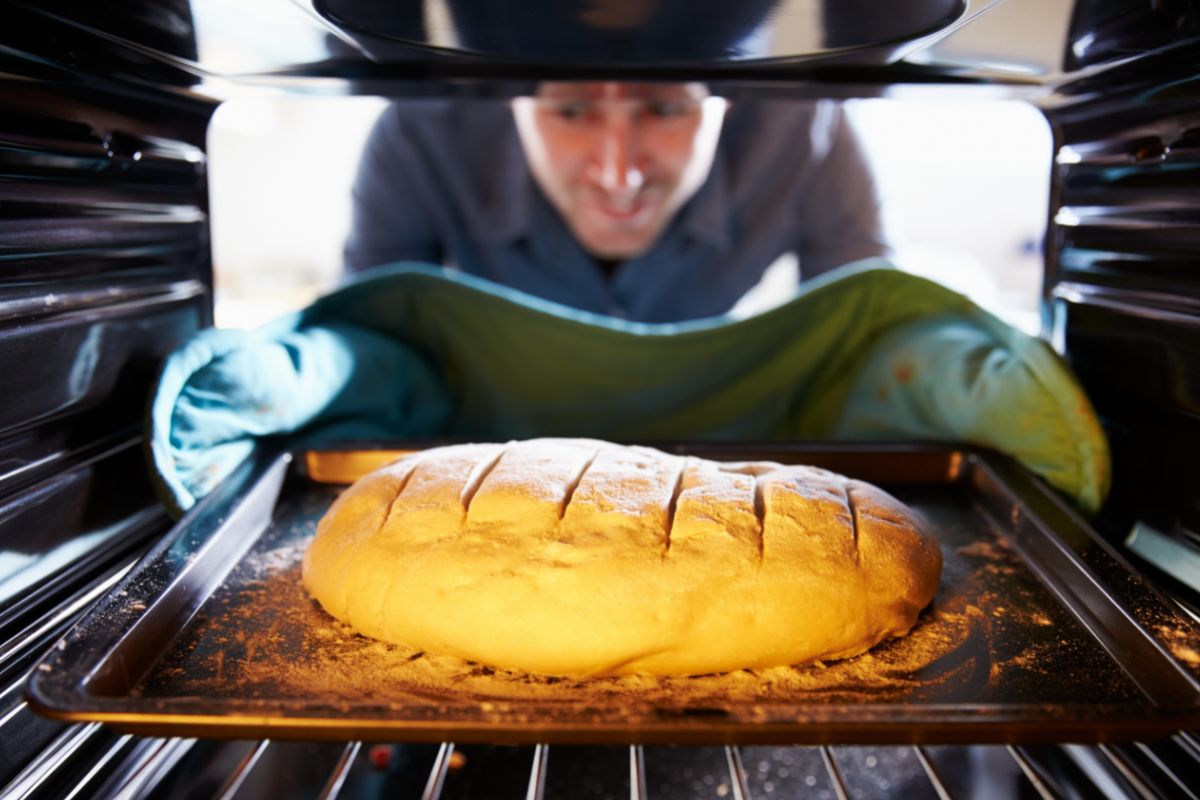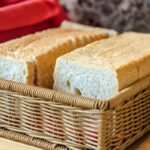It is delightful to bake with pastry, whether you prepare it yourself or take advantage of the ease of purchasing it boxed and frozen.
Pastry can be used in a wide range of recipes, whether they are sweet or savory.

Pastry should be crisp and light and rise to several times its thickness during baking, forming multiple layers of dough.
However, sometimes mistakes can be made when making the pastry, using it in a recipe, or even when baking.
In this article, we’ll examine in detail why pastry rises and what you can do to ensure that it does, so you can always achieve the perfect bake.
Why Does Pastry Rise?
So, how does pastry rise in the first place? The dough rises wonderfully because of the rolling and folding that is done to it.
It begins with straightforward dough preparation, which entails chilling until it is firm and cold.
The dough is then repeatedly rolled and folded with a substantial amount of butter.
As the layers of pastry dough are water-resistant thanks to the fat in the butter, when it is cooked, the heat is trapped between the many layers, which causes the pastry to rise and lift.
How To Make Sure Your Pastry Rises?
Rolling And Folding
The way you roll your homemade pastry will have a significant impact on how much it rises.
Both the dough and the butter must be refrigerated to the same temperature before beginning to roll the butter into the pastry.
When rolling, if the butter isn’t cold enough, it will melt into the dough, preventing the pastry from rising properly when baked.
To ensure that your pastry rises, you should also avoid rolling over the edge of the dough.
The layers of dough on the sides will be squeezed together if you roll over the edge, which will prevent the pastry from rising properly.
Cutting The Dough
The pastry dough is ready to be cut once you’ve rolled and folded it. Cutting with a sharp pastry cutter or knife without a serrated edge is crucial.
You want to cut through the dough gently and cleanly without forcing the edges together.
By doing it this way, the pastry will rise and bake to a wonderful golden brown while the layers stay flaky and crisp.
Dough Thickness
In order for pastry to rise, the thickness of the dough is also important.
The dough will rise if it has been rolled out too thinly, but not enough to produce that wonderful, crispy flake.
Instead of being light and airy, the dough will be weighted down and doughy if it has been rolled out too thick.
Generally speaking, depending on the recipe, aim to have your pastry rolled to a thickness of between 1/4 and 1/3 of an inch.
Avoid Overhandling

The dough should be handled as little as possible. The gluten will grow as you handle the dough, resulting in a flat dough that won’t rise.
Keep some of the dough in the fridge until you’re ready to use it if you have a few pieces of pastry to prepare and bake.
After that, move on to working with the fresh dough while chilling the cooked goods.
Thawing
Make sure to completely thaw pastry before using, whether you made it yourself and frozen it for later use or bought it from the shop.
The dough may crack when taken out of the freezer if it hasn’t been sufficiently defrosted, and it might not rise properly in the oven.
For the dough to rise in the oven, the butter’s fat must thaw and accumulate between the layers of the dough.
The perfect amount of time for the pastry to thaw is 30 minutes of resting at room temperature.
Chill Before Baking
Prior to baking, chill the dough to ensure that your pastry has a great rise.
Put the baking sheet in the freezer for 5 minutes after you’ve prepared your pastry treats and have them ready to bake on it.
Since it takes longer for the butter to melt in the oven when the dough is colder, it will rise higher.
Additionally, by using this method, you may prevent the dough from tilting to one side when the butter melts too quickly.
The Right Temperature
The baking temperature is one of the most frequent causes of pastry not rising. Puff pastry must be baked in a 400 degree oven, which is extremely hot.
It requires high heat to generate enough steam in the oven for the dough to rise. It’s possible for the pastry to collapse and sink in on itself in a low-temperature oven.
Preheating
Avoid placing the pan in the oven until it has been preheated and heated to the appropriate temperature.
The butter’s ability to conduct heat is necessary for the moisture in the dough to transform into steam as soon as it enters the oven, puffing up the layers of dough.
Rotation
Even if you are certain that there are no cold or hot spots in your oven, we still advise turning the pan halfway through baking to make sure the dough rises and browns evenly.
This reduces the possibility of only a portion of the pastry rising while the rest does not.
Final Thoughts
It is much simpler to guarantee that dough rises as it should when you are working with pastry and know what to look out for.
Use our pastry rising tips and you’ll have properly risen pastry dough the next time you’re creating a savory cheese and onion tart or a sweet and delightful cherry turnover.
- How To Reheat A Cheesesteak - November 5, 2023
- What Are Three Must Have Kitchen Knives? - September 22, 2023
- How To Protect Edges Of Pie Crust - June 15, 2023








